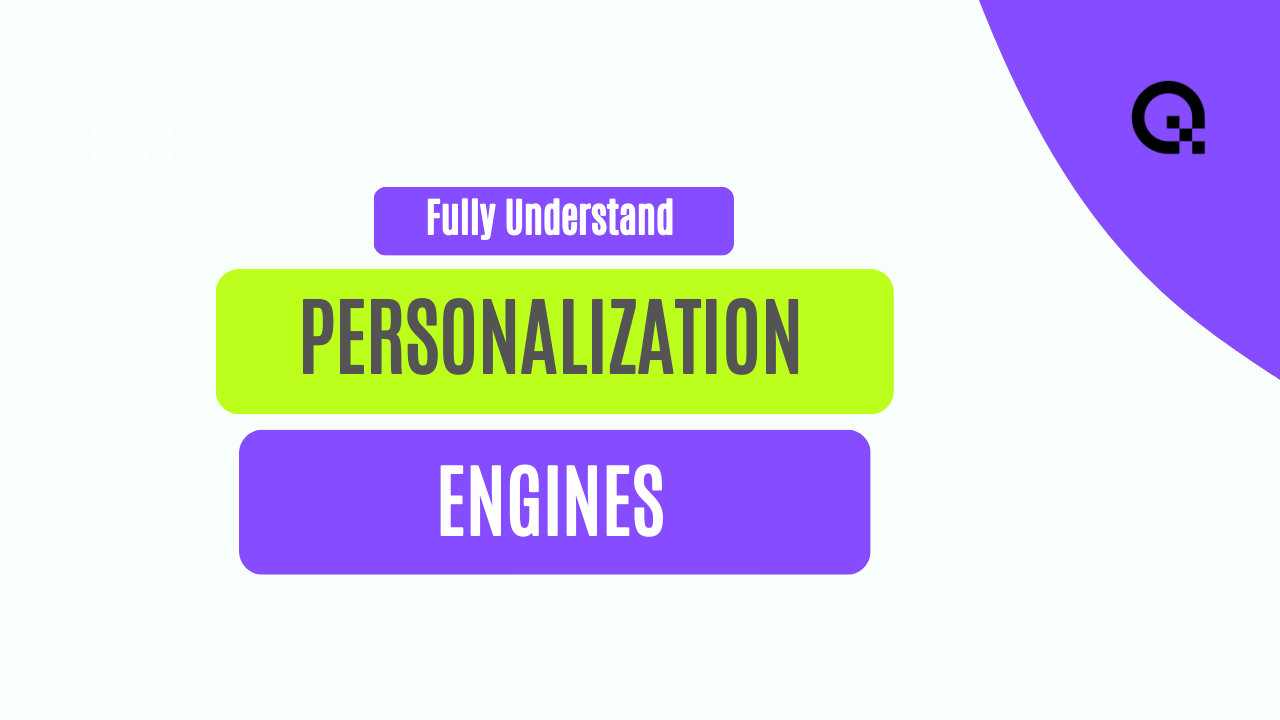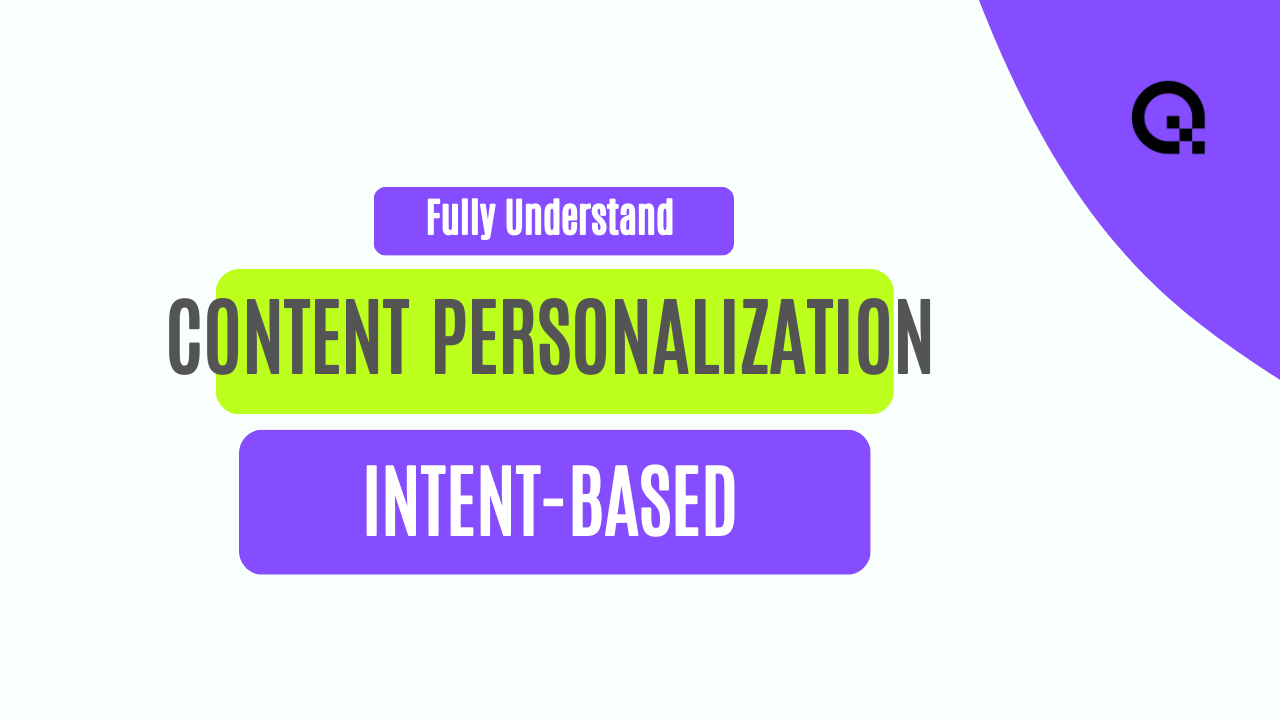The Power of Real-Time Personalization Engines
In today's digital age, personalization has become a key strategy for businesses looking to engage their customers on a deeper level. Real-time personalization engines are at the forefront of this trend, enabling companies to deliver tailored experiences to users based on their behavior, preferences, and demographics.
Understanding Real-Time Personalization
Real-time personalization is the process of dynamically presenting content to users based on their interactions with a website or application. By analyzing user data in real time, personalization engines can deliver relevant and timely content that resonates with individual users.
Personalization engines use a combination of machine learning algorithms, data analytics, and user profiling to create personalized experiences for each user. These engines can track user behavior, preferences, and interactions to predict future actions and tailor content accordingly.
The Benefits of Real-Time Personalization
Real-time personalization offers several benefits for both businesses and users. For businesses, personalized experiences can lead to increased engagement, higher conversion rates, and improved customer loyalty. By delivering relevant content at the right moment, companies can enhance the overall user experience and drive revenue.
For users, real-time personalization means receiving content that is tailored to their interests and needs. This can result in a more enjoyable browsing experience, as users are more likely to find relevant information and products that meet their preferences.
Challenges and Considerations
While real-time personalization engines offer significant advantages, there are also challenges to consider. Privacy concerns, data security, and the need for transparent data usage are important considerations when implementing personalization strategies.
Additionally, ensuring the accuracy and relevance of personalized content requires ongoing monitoring and optimization. Companies must continuously analyze user data and feedback to refine their personalization algorithms and improve the user experience.
Best Practices for Real-Time Personalization
To maximize the benefits of real-time personalization, businesses should follow best practices such as:
1. Collecting and analyzing user data to understand preferences and behavior
2. Implementing dynamic content delivery based on user interactions
3. Testing and optimizing personalization algorithms to improve accuracy
Conclusion
Real-time personalization engines are powerful tools that can help businesses create engaging and relevant experiences for their users. By leveraging data and machine learning algorithms, companies can deliver personalized content that resonates with individual users and drives customer loyalty. However, it is essential for businesses to address privacy concerns and ensure transparent data usage to build trust with their customers.



